What Does the Constitution Mean by “Natural Born Citizen?”
- December 4, 2023
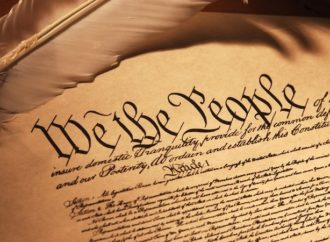
A final reason for decentralization is much less widely understood: Political decentralization promotes human progress.
READ MORE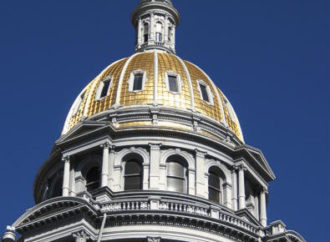
As the framers did with so many other decisions, in allocating authority between states and federal government they balanced competing values.
READ MORE
. . . [A]ctivities over which the Constitution granted the federal government little or no jurisdiction [included] social services . . . education, religion, real estate, local businesses, most roads and other infrastructure, nearly all criminal law matters, and most civil court cases.
READ MORE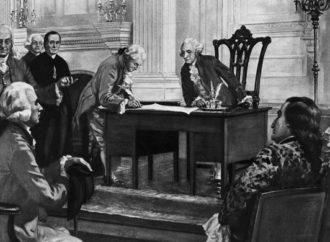
This new article presents even more evidence on how the federal government was supposed to be limited.
READ MORE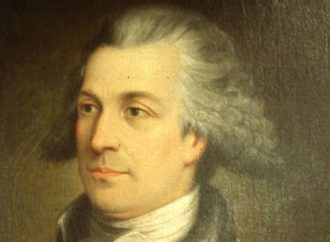
The Constitution created a strictly limited central government, which . . . would have no authority over religion, most criminal offenses, civil justice, social services, education, or most aspects of transportation or the economy.
READ MORE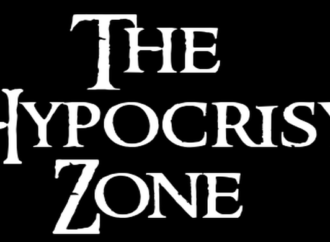
Colorado’s [marijuana “legalization”] is a jerrybuilt legal scheme that, like many other “progressive” programs, looks more like racketeering than true legalization.
READ MORE